This article is more than 5 years old.
Two hundred years ago this month, the War of 1812 began. This three-year conflict with Britain was, as one recent commentator observed, “the Jan Brady of American conflicts for good reason: not only was it book-ended by two vastly more significant wars, but its causes weren’t sexy, its conclusions were muddy, and its most famous battle took place after peace was declared.”
But one thing historians agree on is that the War of 1812 was instrumental in forging a national identity for the still-new United States. Public enthusiasm for the music and poetry of the war persisted long after ratification of the Treaty of Ghent ended the conflict in 1815. So when Richmond bookseller and publisher Peter Cottom brought out a second edition of his popular American Star songster in 1817, the small volume, subtitled A Choice Collection of the Most Approved Patriotic & Other Songs, contained a large number of songs celebrating American victories in the recent war.
The most famous of these is found on page 4
Francis Scott Key wrote the text of “The Star-Spangled Banner” in September 1814 while witnessing the British attack on Baltimore’s Fort McHenry. Shortly thereafter it was published as a broadside, set to the music of the popular tune “To Anacreon in Heaven“. The 1817 edition of The American Star is one of the earliest appearances of “The Star-Spangled Banner” in a collection of songs.
Many lesser-known songs from the War of 1812 are included in The American Star. Several of them, like the “Song” pictured above, are set to the same tune as Key’s lyrics.
Over half of the songs in the volume have nationalistic themes. Some celebrate specific battles or war heroes:
General William Hull is actually best known for his embarrassing surrender of Detroit to the British in August 1812.
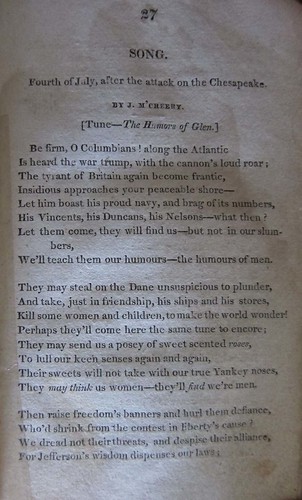 The British navy’s unprovoked attack on the USS Chesapeake in 1807 was one of the events that led the U.S. to declare war.
The British navy’s unprovoked attack on the USS Chesapeake in 1807 was one of the events that led the U.S. to declare war.
The battle of Lake Erie, fought in September 1813, was one of the largest naval engagements of the war and an important victory for the U.S.
U.S. forces led by Andrew Jackson defended the newly acquired Louisiana territory from a British invasion in the battle of New Orleans, the last major battle of the war.
Other songs in the collection are more generally patriotic. This one, by poet Samuel Woodworth, celebrates the role of the printing press in a democratic society:
The rest of the songs are largely popular ballads of the time, many from the musical theater. The subtitle of one called “Nobody Coming to Marry Me” asserts that it was “sang [sic.] by Mrs. Poe, with unbounded applause, at the New-York Theatre.”
Mrs. Poe was the young actress Elizabeth Arnold Poe. Deserted by her husband, she attempted to support her three small children by a career onstage before her very early death. Her second son, Edgar, became one of the most important American authors of the 19th century.
ZSR Library’s copy of The American Star was donated to the Wake Forest College Library sometime in the 19th century. It remained in the circulating collection until 2011. The book has been heavily used and inexpertly repaired, and it is missing its title page.
Even as a new book, the small volume would not have been visually impressive. The second edition of The American Star was printed on poor quality paper and cheaply bound, an inexpensive book intended for a wide audience. Its publisher, Peter Cottom, traded mostly in almanacs, practical handbooks, and a few legal documents (he is known to have supplied Thomas Jefferson with reading material). The American Star was popular entertainment for citizens of the still evolving United States. It may not be pretty, but it is a valuable artifact from the nation’s formative years.

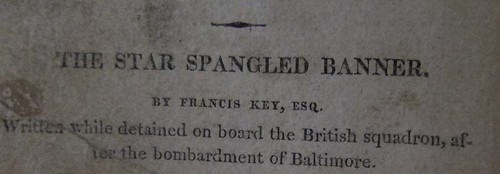
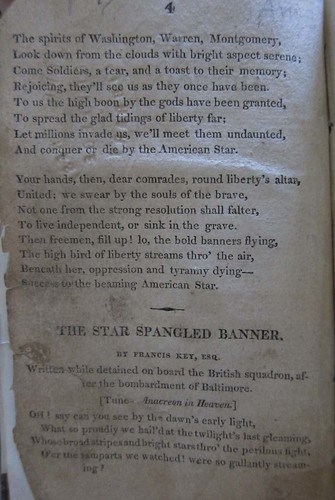


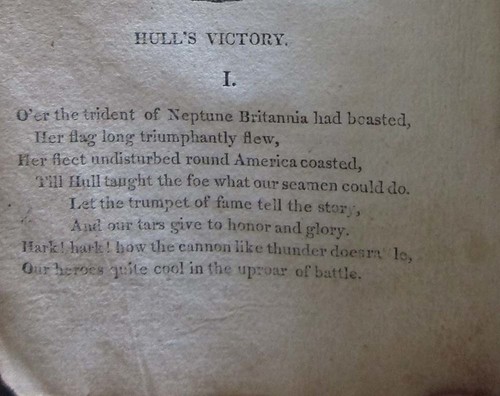
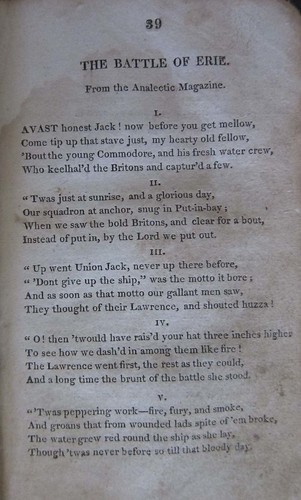

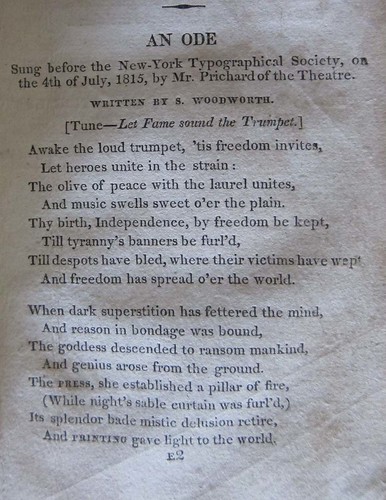

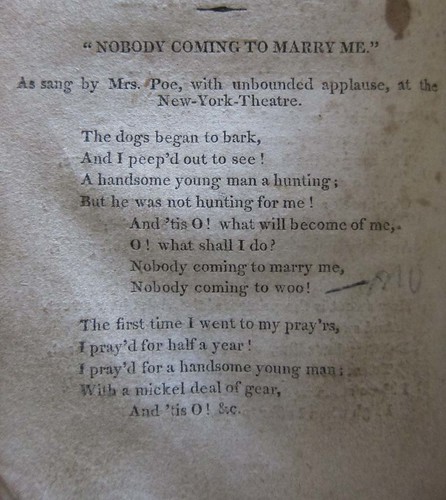
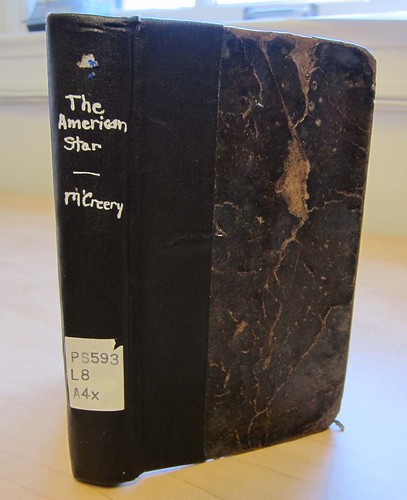
5 Comments on ‘The American Star, 1817’
A most interesting book and perfect with the July 4 holiday coming. Would this be a candidate for some preservation/repair efforts?
Very neat, Megan! I’m surprised this stayed in our circulating collection for so long…
Wonderful! Perhaps the ZSR singers should try their voices at some patriotic tunes.
I’d love to get my hands on this book…to repair it of course. Fascinating account of the war and song, Megan!
This is perfect. ZSR singers, get ready! I want to know the tune of “Let Fame Sound the Trumpet!” What an interesting side note about Mrs. Poe. Very nice scans, too! Zeutchel perhaps?